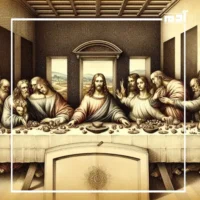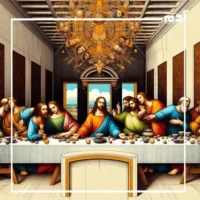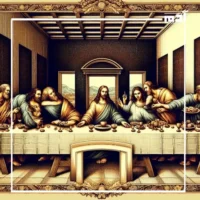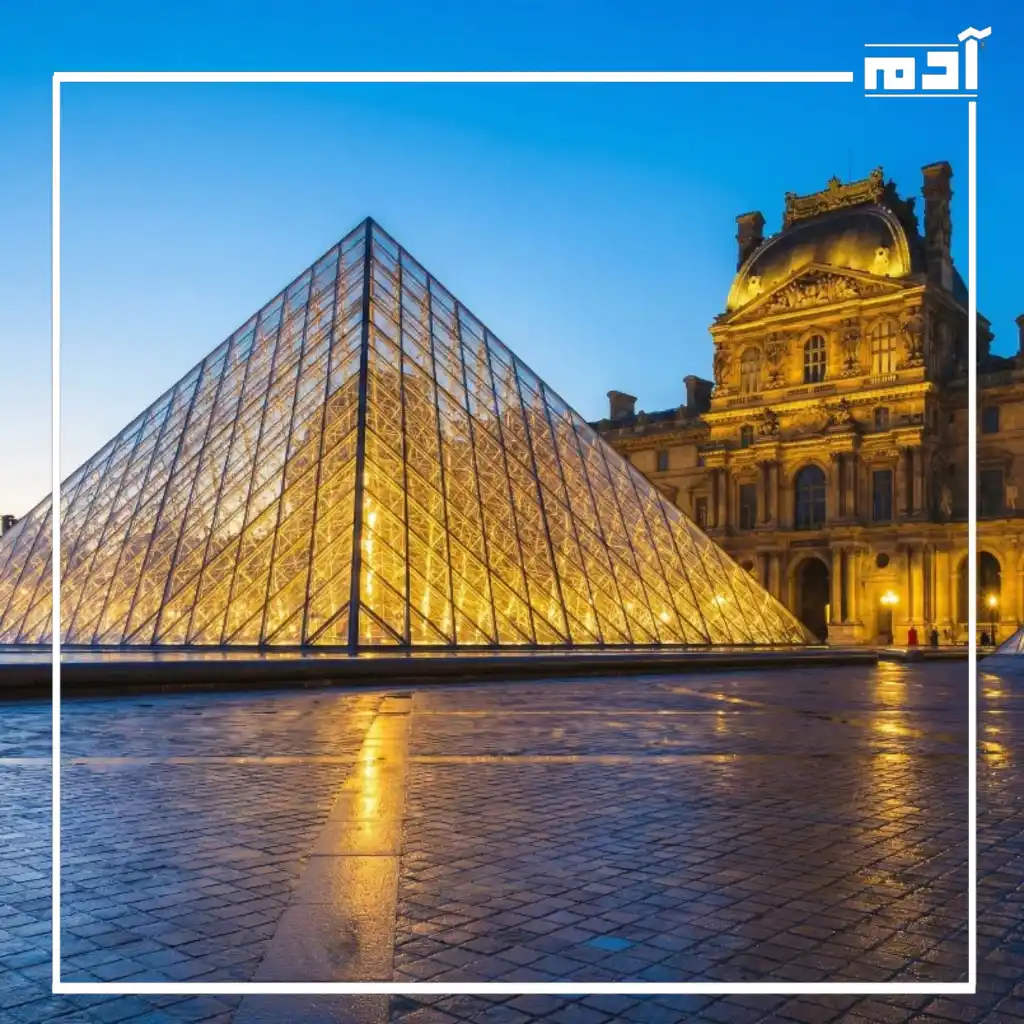Leonardo da Vinci’s Last Supper is not just a depiction of a biblical scene but an intersection between art, history and mystery, and The Last Supper is one of the most appreciated and studied works of art In history, created between 1495 and 1498, and is characterized by many interesting aspects, fine details, and the perennial questions it raises.
The historical context of Leonardo da Vinci’s The Last Supper:
The Last Supper is a mural found in the monastery of Santa Maria delle Grazie in Milano, Italy, commissioned by Ludovico Sforza, Duke of Milan, and was to adorn the cloister’s refectory Leonardo da Vinci, the multitalented world of the Renaissance, poured his creativity into this project, resulting in a work of art that has captivated audiences for more than five centuries.

Read Also: Uncovering the secrets of ancient Egyptian mummification.. A journey through time
The artistic prowess of Leonardo da Vinci’s painting The Last Supper:
The painting celebrates da Vinci’s Last Supper with its composition, perspective and emotional depth, the painting depicts the moment when Jesus announces that one of his disciples will betray him, provoking a wave of shock and tension among the apostles, Leonardo’s use of perspective directs the viewer’s eye towards the central form of Jesus, creating a focal point that enhances narrative influence.

The arrangement of the apostles in groups of three and their varied expressions and gestures contribute to the dynamics of the scene, each apostle reacts differently, reflecting their personalities and internal conflicts, this attention to psychological detail is evidence of Leonardo’s understanding of human nature and his ability to convey complex emotions through art.
Symbolism and hidden meanings in the painting of the Last Supper:
The painting of da Vinci’s Last Supper is overflowing with symbolism, which was the subject of speculation and interpretations, the position of Judas the traitor is one of the striking points, unlike the traditional depictions in which Judas appears isolated, Leonardo places him among the other apostles, which creates a sense of mystery and tension, he sees Judas holding a small bag, symbolizing the thirty pieces of silver he received in exchange for his betrayal, while his other hand reaches the same plate from which Jesus eats, indicating his impending betrayal.

Another point of interest is the absence of halos around the heads of Jesus and the apostles, a departure from traditional iconography, and some art historians suggest that this reflects Leonardo’s humanistic approach, which highlights the humanity of the characters on their divine nature.
Restoration and preservation of the Last Supper painting:
The Last Supper faced many challenges over the centuries, as the experimental technique used by Leonardo of applying tempera to a dry wall instead of wet plaster, led to the painting quickly degrading, in addition to environmental factors, neglect and even war damage contributed to its deterioration.
The last restoration, completed in 1999, aimed to stabilize the painting and restore Leonardo’s original vision as much as possible, while some critics argue that the restorati.
Read Also: Dior Shines in Egypt 2022
Written by: Mohammad Belal.



